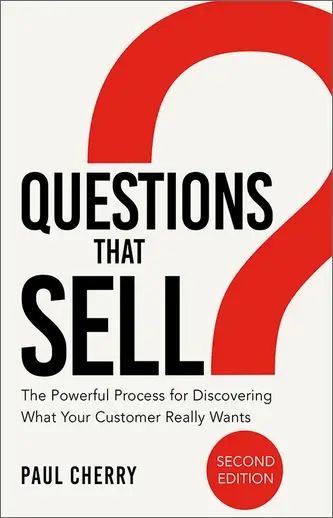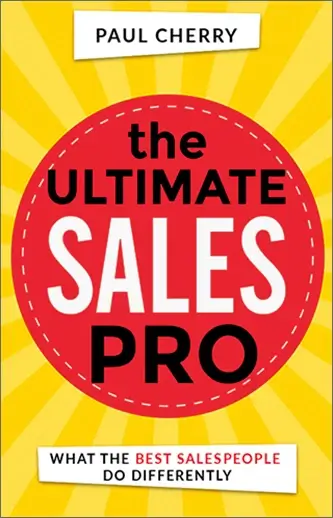When someone provides you honest, detailed explanations about why he opted not to work with you, at least you’ve gotten a straight answer from them. But in most cases, people hide their motives for fear of making themselves look bad, or stupid, or giving the impression they’re not team players. How do we find out where they’re really coming from without getting snowballed?
Why do people play these games anyway? Perhaps they’re trying to:
- Avoid confrontation.
- Maintain control over their current situation.
- Cover up some other factor, such as lacking the ability, intelligence, skill, or confidence to do what’s needed. Such people often find it easier–and face-saving–to say they don’t have the time.
- Stay loyal to someone or something else. For example, my Questions That Get Results co-author Patrick Connor was working in Singapore with a major Fortune 100 company. One of the key directors reported to someone in Germany, so his loyalty was in Germany, too. As a result, the profits generated didn’t go to the Singapore branch, but to Germany. Without this crucial knowledge, Patrick was left in the dark.
Impact questions can help you cut to the chase with your prospect by compelling your team members, to step back and look at the entire picture, helping them discover first-hand the seriousness of their problem and the consequences of not getting it resolved soon. For example:
- “What’s the impact if you continue to do what you’re doing and nothing changes?
- “How will this problem affect you and your team in the long run?”
- “There’s something you’re not telling me. Help me understand where your real concern lies.”
- “I sense some hesitancy. Why don’t you just level with me?”






